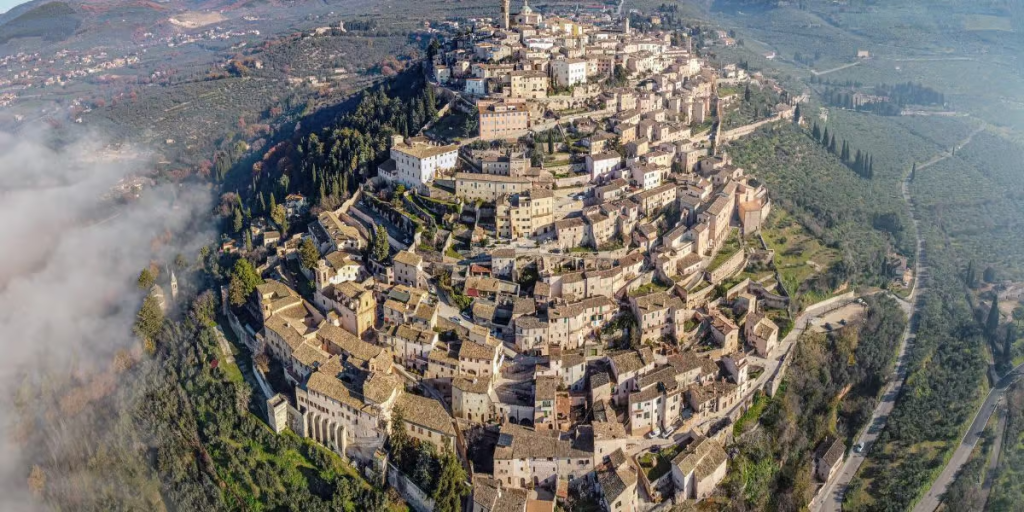
San Marino Wine
Crafted in San Marino, a UNESCO World Heritage Site and the world’s oldest republic.
The Republic of San Marino is the fifth smallest republic in the world, located in northern Italy. Remarkably, its size is almost the same as Setagaya Ward in Japan. It is the oldest republic in the world and has a population of approximately 30,000. The official language is Italian, and although San Marino is not a member of the European Union, the euro is used as its currency under an agreement with Italy.
San Marino’s special wines, nurtured by its unspoiled nature—free from the ravages of war since the Middle Ages—are produced by state-owned farms and come with a quality guarantee from the state. These wines can be confidently recommended to anyone.
Our wines are imported via air transport, ensuring they arrive fresh while preserving the authentic local flavor.
Most of San Marino consists of hills and mountainous terrain, with Mount Titano, a 750-meter-high rocky peak and a UNESCO World Heritage Site, standing at its center. The wine is made from grapes grown in vineyards that stretch across the southern slopes of Mount Titano at elevations ranging from 100 to 400 meters above sea level.
The high altitude and cool climate create ideal conditions for grape cultivation. Remarkably, winemaking in the region dates back approximately 2,000 years, long before the founding of the republic.
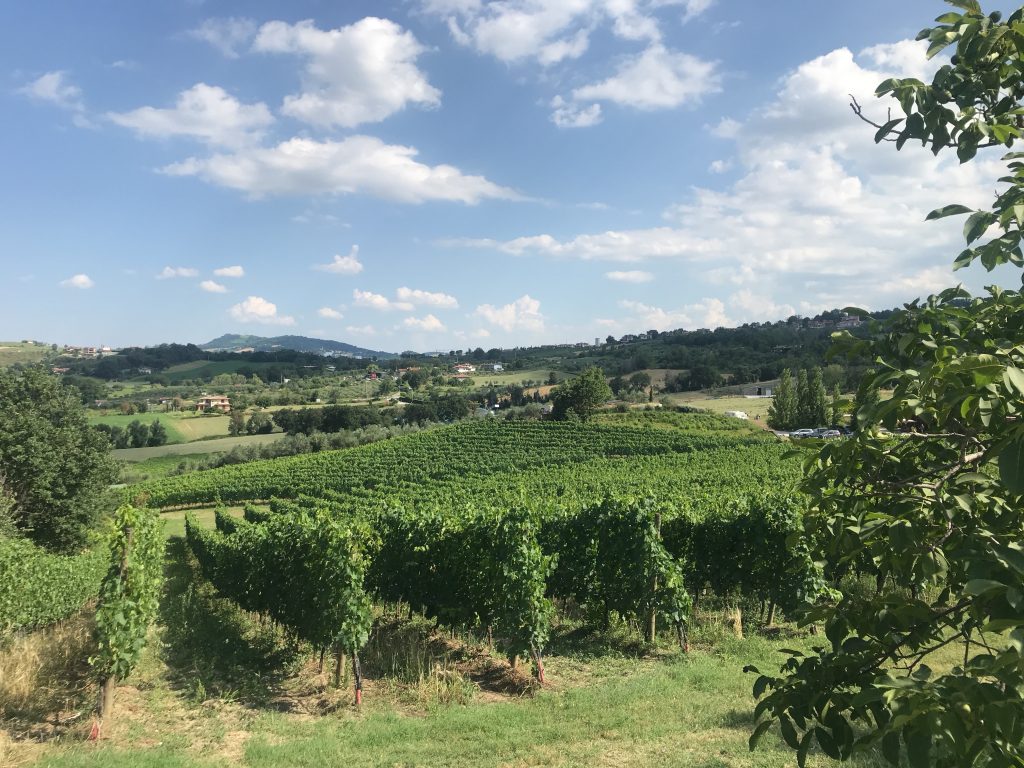
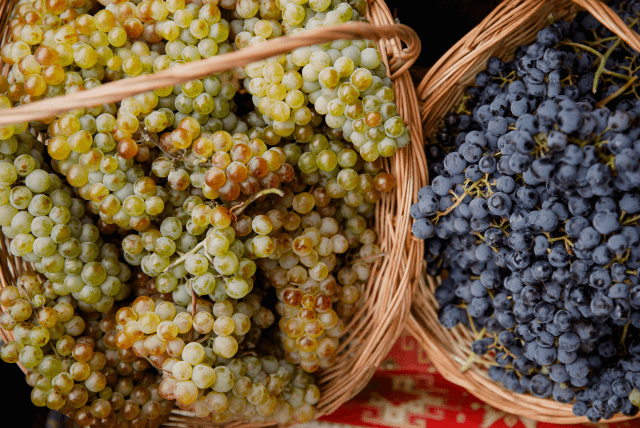
The wines of San Marino, crafted in soil and climate ideal for viticulture, have been the focus of national efforts to enhance winemaking techniques since the 1970s. In 1979, the Consorzio Vini Tipici—a state-owned cooperative winery—was established, bringing together over 500 vineyards and 300 members. This marked the beginning of a significant national project aimed at strengthening the country’s winemaking industry.
The main grape varieties for red wines, widely grown across Italy, include Sangiovese. For white wines, Biancale and Ribolla are prominent, while Moscato is used for sweet white wines. In San Marino, international varieties such as Chardonnay, Cabernet Sauvignon, and Merlot are also cultivated.
Among these, special emphasis is placed on the indigenous grape varieties unique to San Marino, which boast a long history. Efforts are focused on both preserving and enhancing the quality of these native grape varieties.
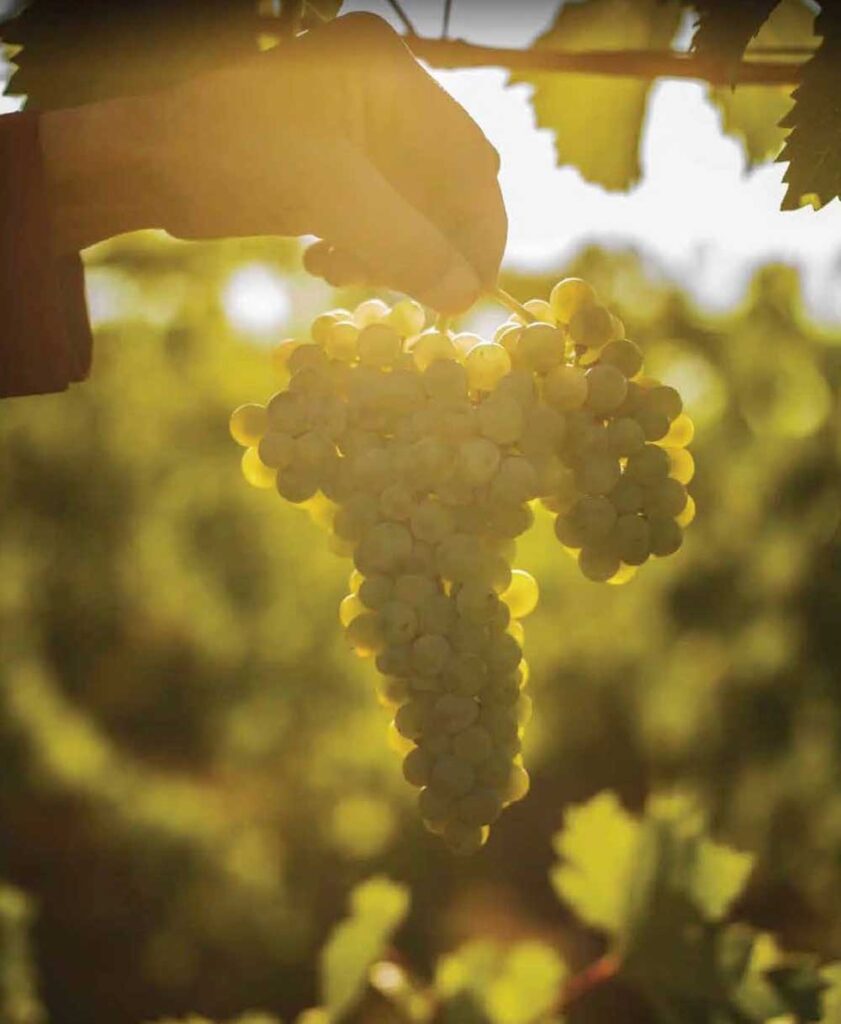
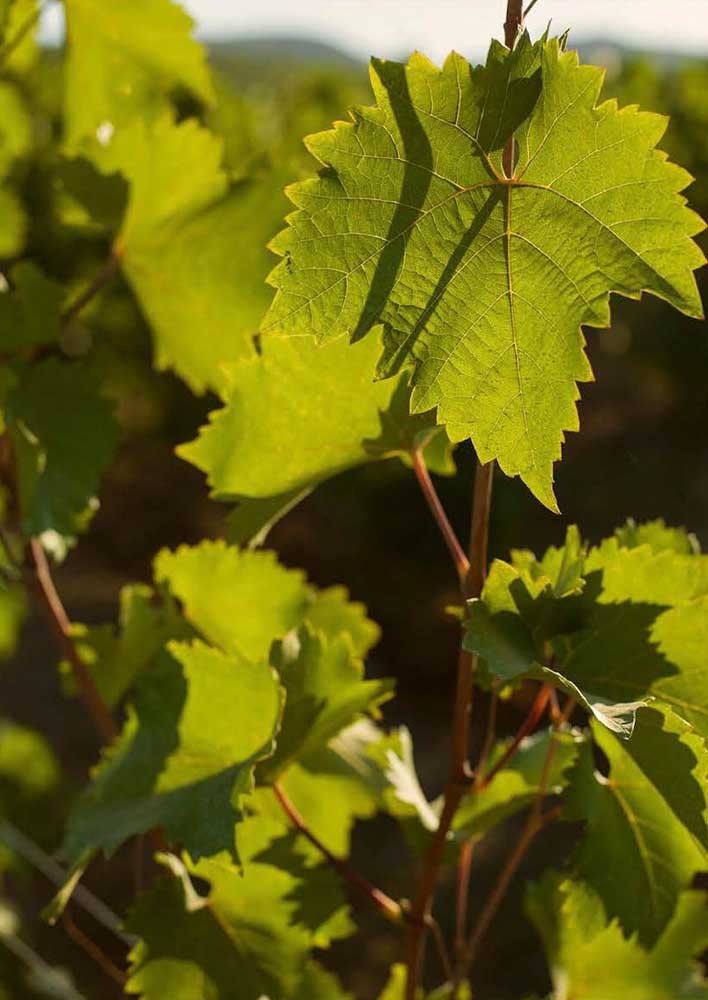
San Marino’s wine producers produce approximately 6,500 hectolitres of wine annually, which is equivalent to over 866,000 standard 750 ml bottles. Around 85% of the rich, ruby-red wines and crisp white wines, such as Biancale, produced in San Marino are sold domestically.
San Marino wines are also exported to Germany, Japan, the United States, Switzerland, and the United Kingdom.
The Sylvan Wine, born from the fusion of rich tradition and modern technology, is made from local and foreign grape varieties cultivated in Meisari Village and is characterized by its unique taste and aroma.
A dry sparkling wine made from Trebbiano and Chardonnay grape varieties.This wine has no sharp acidity, offering a clean, refreshing, and crisp flavor.It pairs perfectly with seafood and chicken dishes.
A dry white wine blended with Trebbiano and other San Marino grape varieties.With no overpowering flavors, it is light, refreshing, and easy to enjoy without becoming tiresome.It pairs well with fish and chicken dishes.
A dry red wine made from Sangiovese and other San Marino grapes.This red wine has low acidity and a light, easy-drinking profile.It pairs exceptionally well with seafood and a wide variety of meat dishes.
